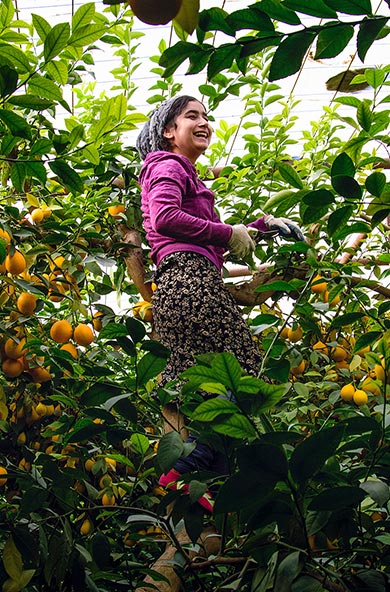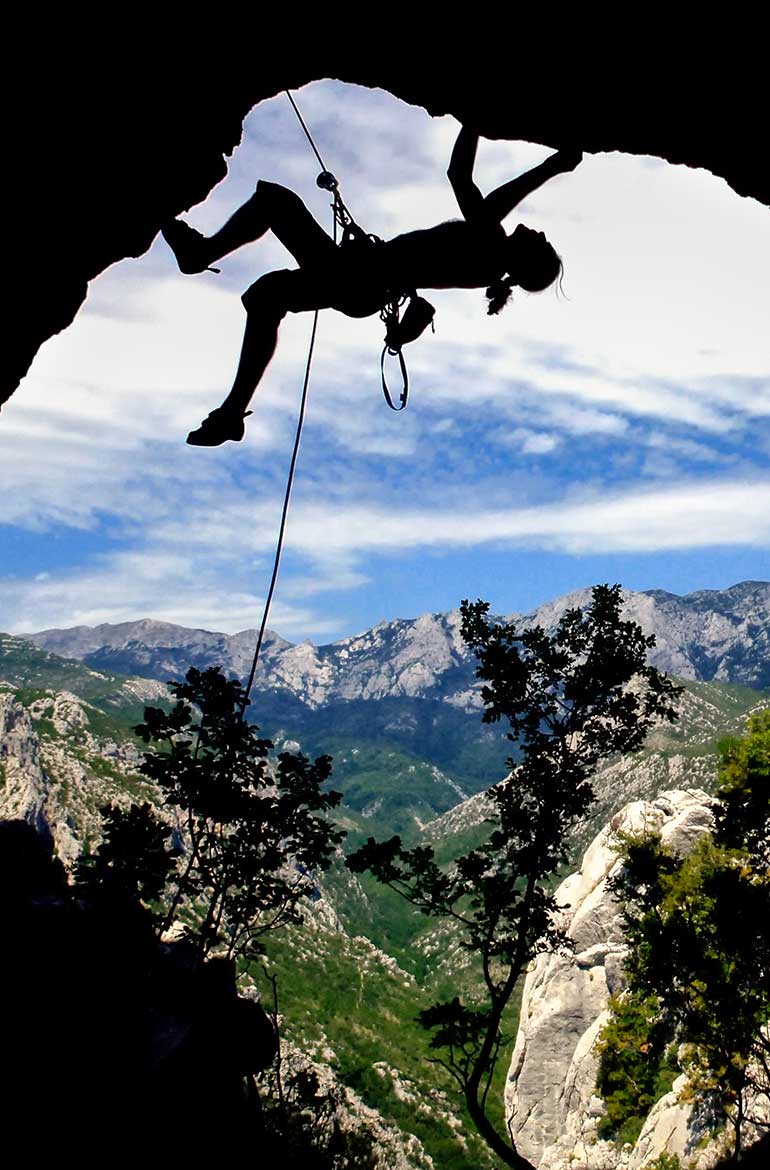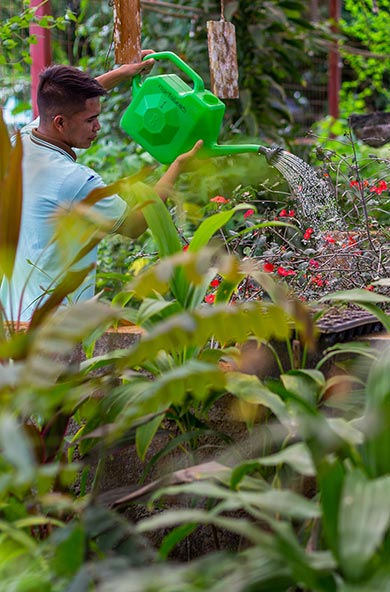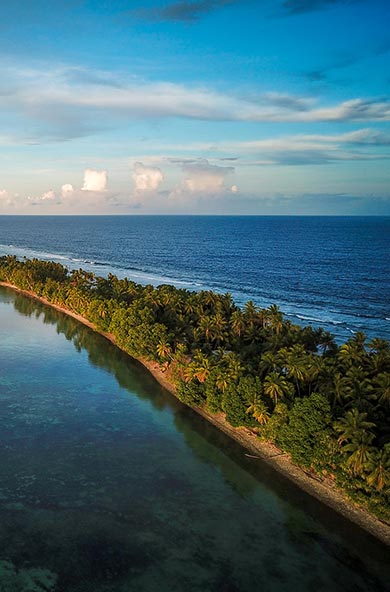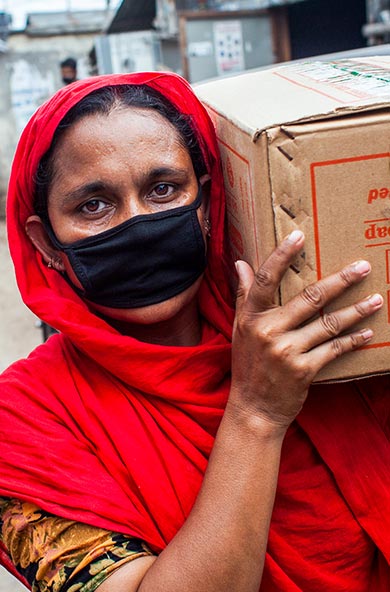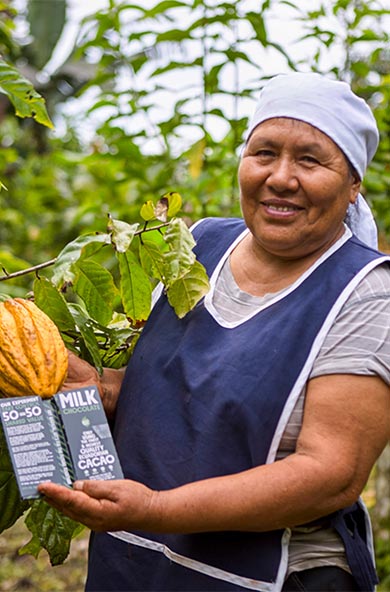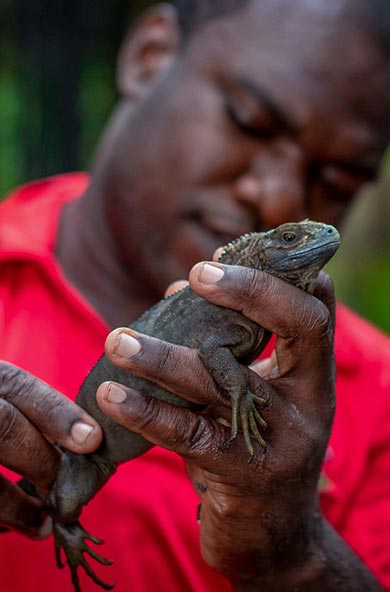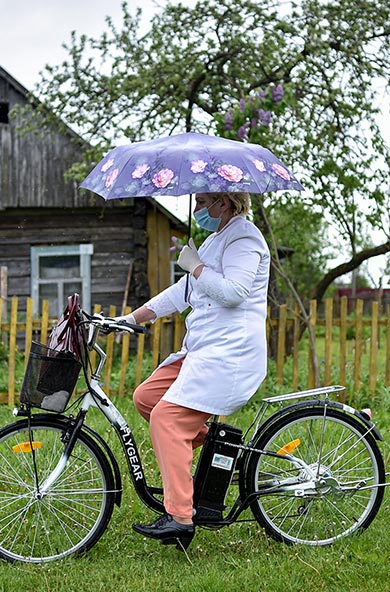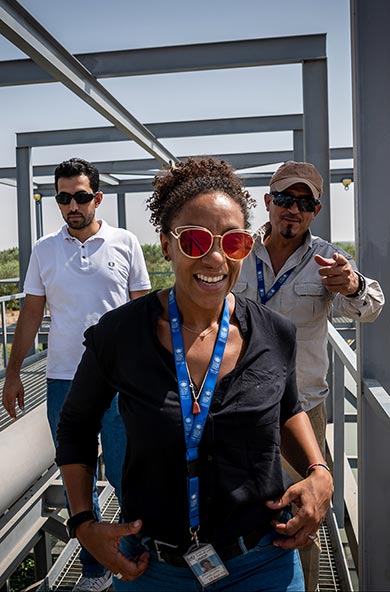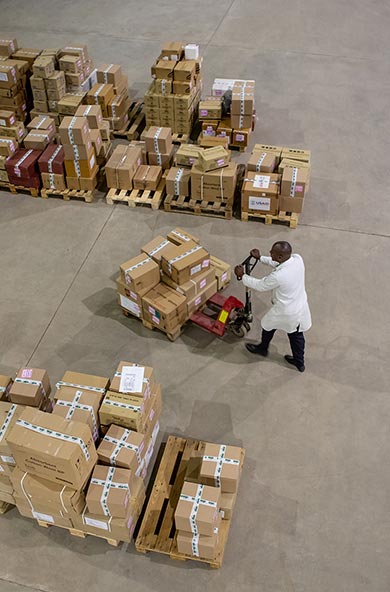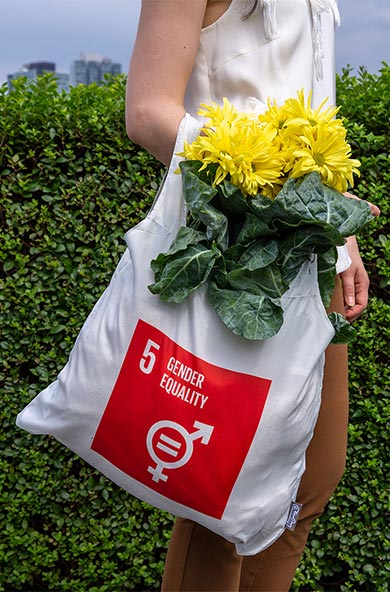Mozambique Cyclone Idai Post-Disaster Needs Assessment (PDNA)DNA
Mozambique Cyclone Idai Post-Disaster Needs Assessment (PDNA)DNA
May 30, 2019
Following Cyclone IDAI, the Minister of Economy and Finance, on behalf of the Government of Mozambique (GoM), requested technical assistance from the World Bank (WB) on March 27 2019, through the Global Facility for Disaster Reduction and Recovery (GFDRR) to undertake a post-disaster needs assessment (PDNA) to support the country's recovery process. In accordance with the PDNA protocols, the request was extended to the other tripartite partners, the European Union (EU) and the United Nations (UN). The PDNA, led by the GoM, was conducted between April 16 and May 2nd 2019 by a team of experts from Government Ministries with support from the United Nations agencies, the World Bank, the European Union, the African Development Bank and other development partners. The present report incorporates the results of the PDNA exercise in Sofala, Manica, Zambezia and Tete.
Tropical Cyclone IDAI made landfall on the night of 14 to 15 March near Beira City, Sofala Province, in central Mozambique. The Cyclone brought strong winds (180 – 220 km per hour) and heavy rain (more than 200 mm in 24 hours) across the provinces of Sofala, Manica, Zambezia, Tete and Inhambane, causing rivers to overflow with flood waters reportedly rising above 10 meters. IDAI also brought a large storm surge in the coastal city of Beira and surrounding areas of Sofala province.
An estimated 3,000 sq. km of land and 715,378 hectares of cultivated land were flooded by IDAI. As of the end of April, 400,000 had been displaced, of which 160,927 were sheltering in 164 temporary accommodation centers across the four provinces. It is estimated that over 13.5 million people lived in the four provinces of Sofala, Manica, Zambezia and Tete, out of which more than 1.5 million have been affected, over 1600 injured and more than 600 people died. An estimated 750,000 are in need of urgent assistance. About 53% of those in urgent need are women, 47% are men, 254,000 are children under 18 years of age, and 63,000 are over 60 years of age.
On 25 April, Mozambique experienced a second Tropical Cyclone, Kenneth, which made landfall in between the districts of Macomia and Mocimboa da Praia in Cabo Delgado province. With wind gusts of up to 220km/h, Kenneth became the strongest cyclone to ever hit the African continent. Kenneth made landfall at the end of the rainy season, when river levels were already high, increasing the risk of river flooding. The latest reports estimate that about 18,029 people have been displaced. The GoM requested a separate addendum for the provinces affected by Kenneth, Cabo Delgado and Nampula; and a fifth province affected by IDAI, Inhambane.
This report summarizes the identified damage, loss and recovery needs across 16 socio-economic sectors in the afected provinces and discusses a recovery strategy that will be further developed by the Cabine for the Reconstruction already established by the Government of Mozambique.

 Locations
Locations